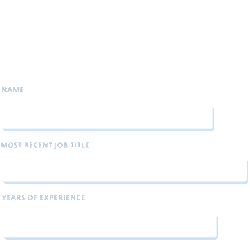V
Commercial Industrial Apprentice Plumber - FL - On Site
Vensure Employer Services Orlando , FL 32801
Posted Yesterday
Responsibilities
- System Installation: Install and assemble pipes, fittings, and fixtures for various plumbing systems, including water supply, drainage, and gas lines
- Blueprint Reading: Interpret and work from blueprints, drawings, and specifications to plan and execute plumbing installations
- Pipefitting: Cut, thread, and bend pipes to required angles using hand and power tools. Install and connect pipes, valves, and other plumbing components
- Fixture Installation: Install and maintain plumbing fixtures such as sinks, faucets, toilets, and water heaters
- Repairs and Maintenance: Diagnose and repair plumbing issues, including leaks, clogs, and malfunctions in commercial/industrial plumbing systems
- Pipe Inspection: Perform inspections to identify and address potential plumbing problems before they become major issues
- Backflow Prevention: Install and maintain backflow prevention devices to ensure water quality and prevent contamination
- Pressure Testing: Conduct pressure tests on plumbing systems to identify and address any leaks or weaknesses in the system
- Welding and Soldering: Use welding and soldering techniques to join pipes and fittings as needed for the plumbing system
- Collaboration: Coordinate with other construction professionals, such as general contractors and electricians, to ensure the seamless integration of plumbing systems with other building components
- Safety Compliance: Adhere to safety protocols and regulations to maintain a safe working environment for oneself and others on the job site
- Code Compliance: Ensure all plumbing work complies with local, state, and national plumbing codes and regulations
- Troubleshooting: Identify and troubleshoot complex plumbing issues and develop effective solutions
- Documentation: Maintain accurate records of work performed, including materials used, time spent, and any inspections or tests conducted
- Continuous Learning: Stay updated on industry trends, new technologies, and advancements in plumbing systems through ongoing training and professional development
Qualifications
- High School diploma
- Wants to learn the trade
- Bilingual (English/Spanish
Download the
LiveCareer app and find
your dream job anywhere
Commercial Industrial Apprentice Plumber - FL - On Site
Vensure Employer Services





